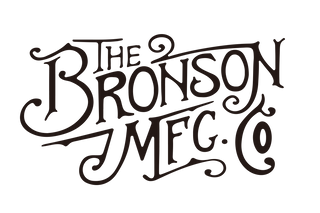1. French Origins (Late 19th Century – 1920s)
Bleu de Travail – The Birth of the Work Jacket
The work jacket traces its origins to mid-19th-century France. In 1844, Adolphe Lafont introduced the first standardized bleu de travail, an unlined cotton moleskin jacket in industrial blue, featuring a round collar without lapels, four or five front buttons, and practical storage: two large patch pockets for tools, a breast pocket for notebooks or tobacco, and an inside pocket for personal items. The jacket's durable construction, with topstitched seams for ease of manufacture, soon inspired widespread adoption across Europe.

2. Arrival in America and Localization (1880s – 1920s)
Early American Work Coats
By the 1880s, the work jacket had crossed the Atlantic. Levi Strauss introduced sack-coat style work jackets in blue denim. By the 1920s, these jackets were made in sturdy fabrics like duck canvas, herringbone twill, and denim.

American Features
In 1923, Detroit-based workwear brand Carhartt produced the first real work jacket, or chore coat, designed for railroad workers. It updated traditional work jackets with key improvements: a corduroy collar (adding neck comfort and abrasion resistance), triple-needle stitching (for maximum seam strength), copper rivets (reinforcing stress points like pockets), and optional fleece blanket linings for cold weather. These features became defining characteristics of U.S. work jackets, tailored to meet industrial labor demands.

The Birth of the 91-J (1925)
In 1925, the 91-J designed specifically for railroad workers and nicknamed the “Loco Jacket.” It featured a loose fit for layering, a single chest pocket, and over time evolved with additional functionality. Compared to its European cousin, the American work jacket became more varied in color, fabric, and reinforcement, reflecting the U.S. rugged work environments and style preferences.

3. Modern Revival (1980s – Today)
Over the past few decades, countless brands have released their own versions of the work jacket—some staying true to the original design, others offering modern interpretations. The work jacket remains an iconic piece in fashion history, representing far more than just manual labor. Reflecting centuries of tradition and a timeless aesthetic, it continues to inspire designers and fashion enthusiasts alike.

The work jackets offer a seamless transition between streetwear and ‘business casual.’ With its patch pockets and collar, it can easily replace a sport coat without drawing too much attention. It proves that essential simplicity can create timeless elegance.
Timeless WORK JACKETS Worth a Look



